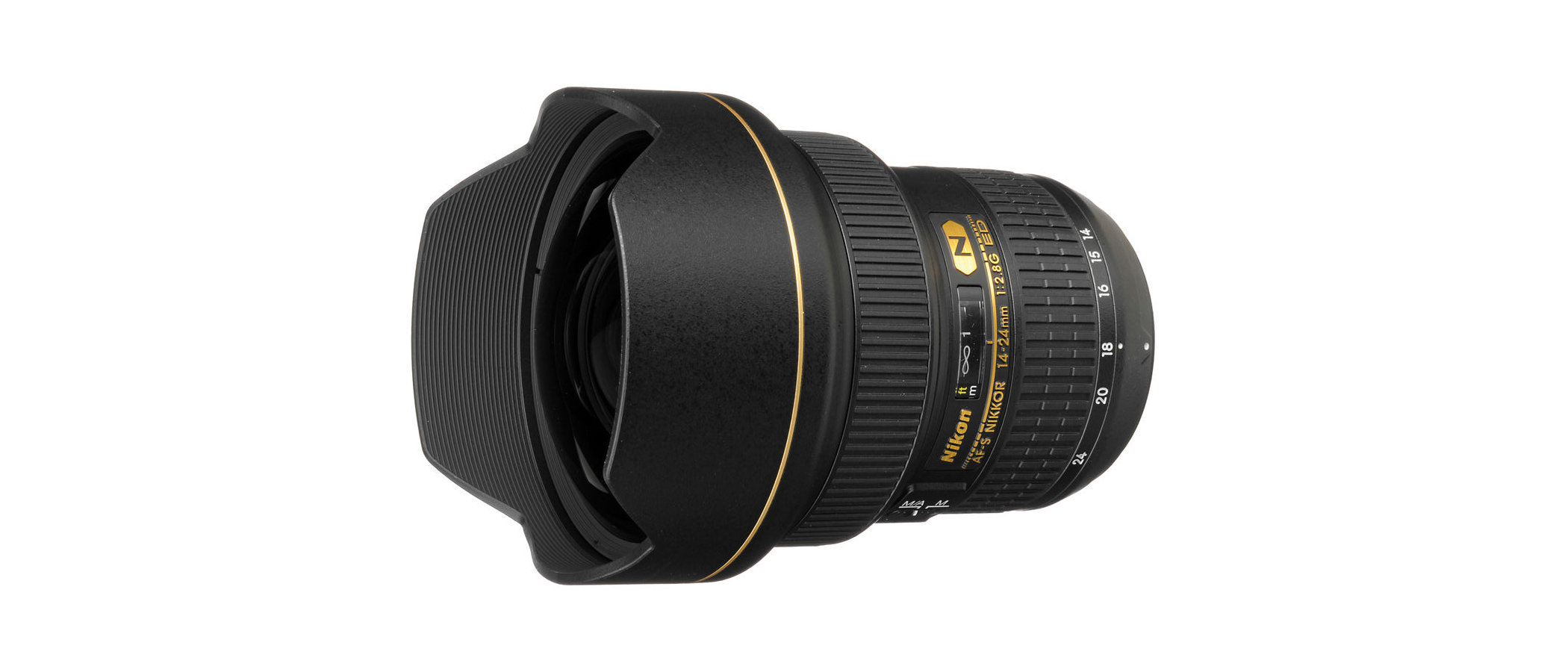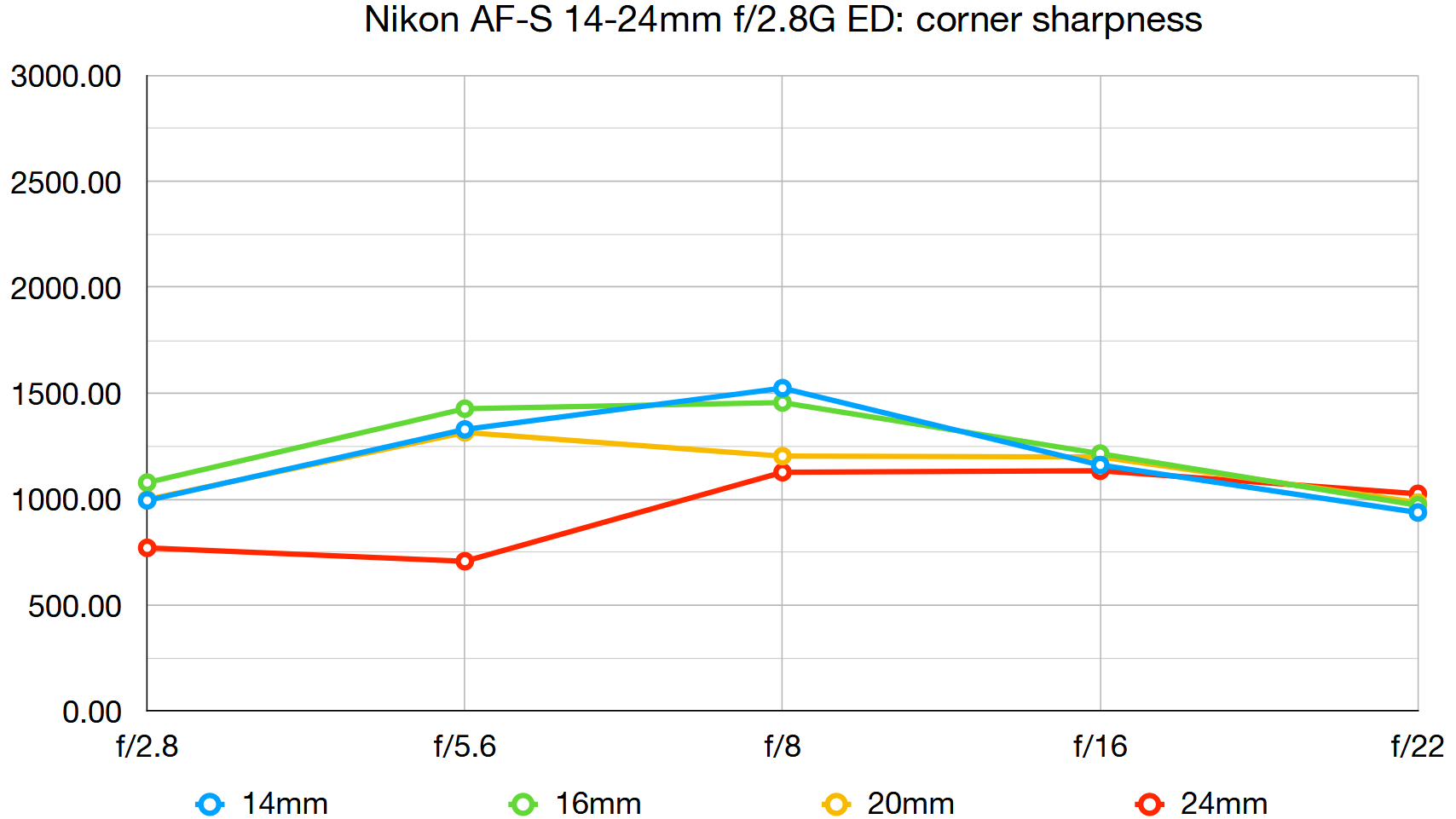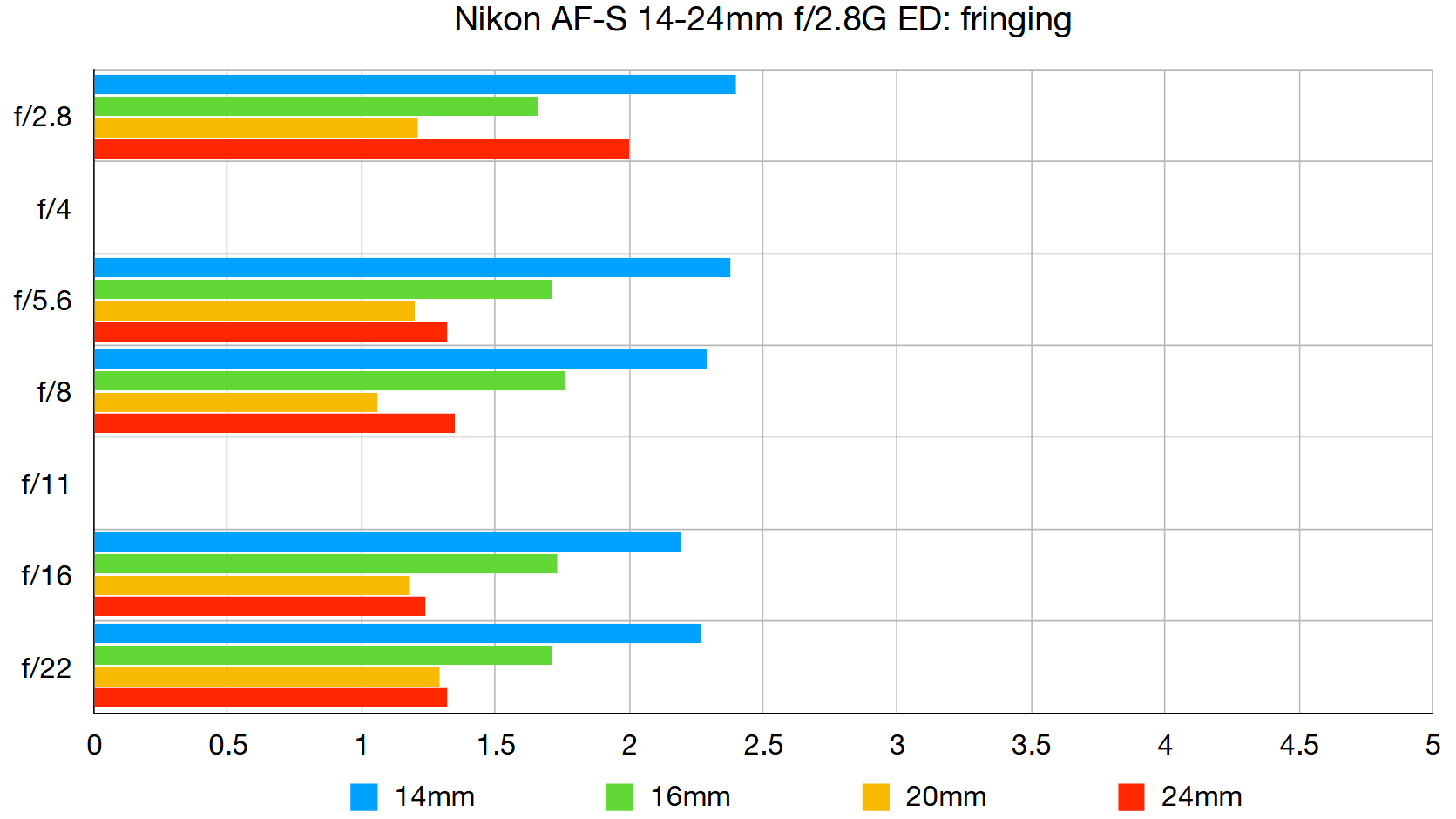Digital Camera World Verdict
Own-brand Nikon lenses are often relatively expensive compared with third-party equivalents from the likes of Sigma and Tamron. That’s certainly the case with this lens, which is much pricier than the likes of the Sigma 14-24mm f/2.8 DG HSM Art and the Tamron SP 15-30mm f/2.8 Di VC USD G2, the latter boasting the bonus of optical image stabilization. The Nikon is solidly built and delivers good all-round performance but loses out slightly to the Sigma for outright image quality.
Pros
- +
Extreme viewing angle
- +
Fast, constant aperture
- +
Solid build quality
Cons
- -
Performance could be better
- -
Expensive to buy
- -
No filter attachment thread
Why you can trust Digital Camera World
The Nikon AF-S 14-24mm f/2.8G ED is the widest-angle full-frame compatible F-mount zoom lens in the NIKKOR range, apart from the AF-S Fisheye 8-15mm f/3.5-4.5E ED, which is a curvilinear rather than rectilinear zoom. With its fast f/2.8 aperture rating, it’s eminently suitable for everything from architectural interiors to sweeping landscapes and capturing starry skies at night. As with most similar ultra-wide lenses, however, it has a fixed hood that offers physical protection to the bulbous front element, precluding the easy use of filters unless you invest in something like a Lee Filters SW150 Mark II kit with a specialist adapter.
Specifications
Mount: Nikon F (FX)
Full-frame: Yes
Autofocus: Yes
Image stabilisation: No
Lens construction: 14 elements in 11 groups
Angle of view: 114-84 degrees
Diaphragm blades: 9
Minimum aperture: f/22
Minimum focusing distance: 0.28m
Maximum magnification ratio: 0.15x
Filter size: None
Dimensions: 98x132mm
Weight: 1,000g
Key features
Weighing in at 1kg, the Nikon AF-S 14-24mm packs a mighty maximum viewing angle of 114 degrees. Build quality is of a fully professional standard, complete with weather-seals. The zoom and focus rings are large and have a smooth action, but the relatively short rotational travel of the focus ring makes manual focusing a bit fiddly for applications like astrophotography.
Ring-type ultrasonic autofocus is fast and whisper-quiet, and comes with an ‘M/A’ mode that gives priority to manual focusing while in autofocus mode. It’s an advantage in that you don’t need to wait for autofocus to be achieved before applying manual override. High-grade optics include two ED (Extra-low Dispersion) elements, three aspherical elements, plus nano-structure coatings.
As is often the case with ultra-wide-angle lenses, the hood is a permanent fixture so there’s no filter attachment thread. This can naturally be a drawback of landscape photographers who like to use ND grad filters and circular polarizing filters.
Performance
Sharpness is excellent across most of the image frame but drops off noticeably towards the edges and corners, especially when shooting wide-open at f/2.8. Color fringing, ghosting and flare are all fairly well controlled but barrel distortion at the short end of the zoom range is pretty severe.
Lab results
We run a range of lab tests under controlled conditions, using the Imatest Master testing suite. Photos of test charts are taken across the range of apertures and zooms (where available), then analyzed for sharpness, distortion and chromatic aberrations.
We use Imatest SFR (spatial frequency response) charts and analysis software to plot lens resolution at the center of the image frame, corners and mid-point distances, across the range of aperture settings and, with zoom lenses, at four different focal lengths. The tests also measure distortion and color fringing (chromatic aberration).
Sharpness:
Sharpness is excellent in the central region of the frame but drops off towards the edges and corners. Corner-sharpness is pretty mediocre at f/2.8, especially at the long end of the zoom range.
Fringing:
There’s very little color fringing in general, although it can be slightly noticeable at the short end of the zoom range, and when shooting at 24mm with the widest aperture of f/2.8.
Distortion:
The best camera deals, reviews, product advice, and unmissable photography news, direct to your inbox!
As you’d expect, barrel distortion is worst at the shortest focal length, where it can be very noticeable. It drops off gradually as you extend through the zoom range, becoming barely perceptible at 24mm.
Verdict
Own-brand Nikon lenses are often relatively expensive compared with third-party equivalents from the likes of Sigma and Tamron. That’s certainly the case with this lens, which is much pricier than the likes of the Sigma 14-24mm f/2.8 DG HSM Art and the Tamron SP 15-30mm f/2.8 Di VC USD G2, the latter boasting the bonus of optical image stabilization. The Nikon is solidly built and delivers good all-round performance but loses out slightly to the Sigma for outright image quality.
Read more:
• Best camera lenses to get
• Best Canon lenses
• Best Nikon lenses
• Best Sony lenses
Matthew Richards is a photographer and journalist who has spent years using and reviewing all manner of photo gear. He is Digital Camera World's principal lens reviewer – and has tested more primes and zooms than most people have had hot dinners!
His expertise with equipment doesn’t end there, though. He is also an encyclopedia when it comes to all manner of cameras, camera holsters and bags, flashguns, tripods and heads, printers, papers and inks, and just about anything imaging-related.
In an earlier life he was a broadcast engineer at the BBC, as well as a former editor of PC Guide.






